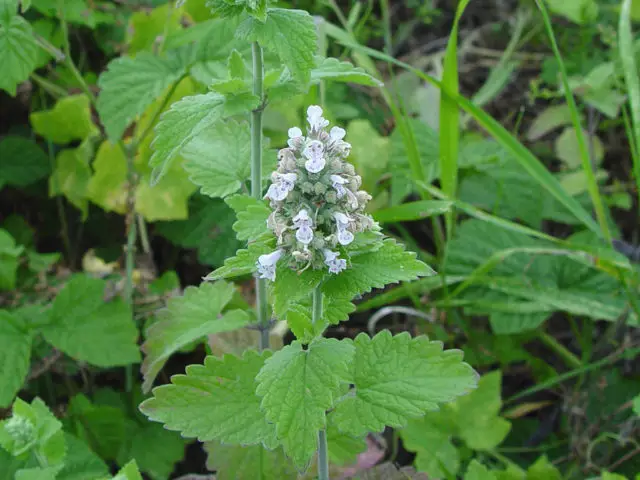- Author Rachel Wainwright [email protected].
- Public 2023-12-15 07:39.
- Last modified 2025-11-02 20:14.
Mountain ash
Instructions for use:
- 1. Description
- 2. Chemical composition
- 3. Healing properties
- 4. Application in medicine
- 5. Contraindications
Rowan is a deciduous tree belonging to the Rosaceae family.
Description

This small tree can reach a height of 15 m, has a dense crown and smooth gray bark.
Young branches of the plant are grayish-red in color, with large fluffy buds. Leaves are pinnate with several pairs of irregularly sharp-toothed oblong-lanceolate leaflets. Flowers are white, located in umbellate inflorescences.
The tree blooms in May-June. The fruits of mountain ash are spherical, berry-like, pea-sized, orange-red in color. The taste is bitter-tart. The fruits ripen in September and hang on the tree until deep winter. After freezing, they lose their bitterness and astringency and become pleasant to the taste.
Because of the bitter taste, fresh berries are practically not eaten. However, due to their numerous useful properties, they are successfully used in the medical and food industries. Jam and jam, marmalade, candies are made from mountain ash. It is used to prepare alcoholic and non-alcoholic drinks.
The common mountain ash grows in the temperate climatic zone. Widely distributed in Central Asia, the Caucasus and Europe.
The chemical composition of rowan
Ripe rowan berries contain organic acids (citric, tartaric, succinic, sorbic and malic), pectin and tannins, sorbose and sorbitol, ascorbic acid, amino acids, essential oils, sodium, magnesium, calcium and potassium salts.
The fruits of mountain ash contain a large amount of vitamin PP - more than any other fruit plant in our zone.
The medicinal properties of rowan ordinary
The plant has a hemostatic, diaphoretic, laxative, anti-inflammatory, astringent, capillary-strengthening, diuretic effect, increases blood clotting and lowers blood pressure. The pectins contained in the fruits of mountain ash, inhibit the fermentation processes in the intestine, have an adsorbing property, reduce gas formation, and contribute to the elimination of toxins from the body. Bitterness and organic acids contained in berries increase the secretory function of gastric juice, improve digestion, and have a choleretic effect.
The use of mountain ash in medicine
In medical practice, rowan berries are used for hypovitaminosis. In India they are used for liver diseases, hemorrhoids, scurvy.
In folk medicine, berries are used as a laxative, hemostatic, diuretic, vitamin, antidysenteric, contraceptive. They are used in the treatment of malignant tumors, dysmenorrhea.

Berry juice is widely used for gout, asthenia, anemia, hemorrhoids, gastritis, low acidity of gastric juice, glaucoma, vitamin deficiency, hypertension, malignant tumors, liver and kidney diseases, atherosclerosis, ascites, whooping cough.
Syrup from berries is used for rheumatism, salt metabolism disorders, stones in the bladder and kidneys.
Due to the content of carotene and carotenoids, the oil from the fruits of mountain ash has an anti-inflammatory, wound and ulcer healing effect.
Contraindications
Treatment with rowan berries is contraindicated in:
- increased acidity of gastric juice;
- tendency to increased blood clotting;
- some cardiovascular diseases (ischemic disease, after strokes and heart attacks).
Information about the drug is generalized, provided for informational purposes only and does not replace the official instructions. Self-medication is hazardous to health!






